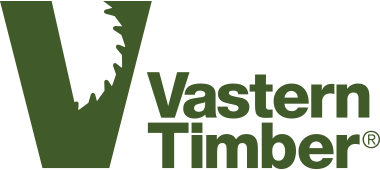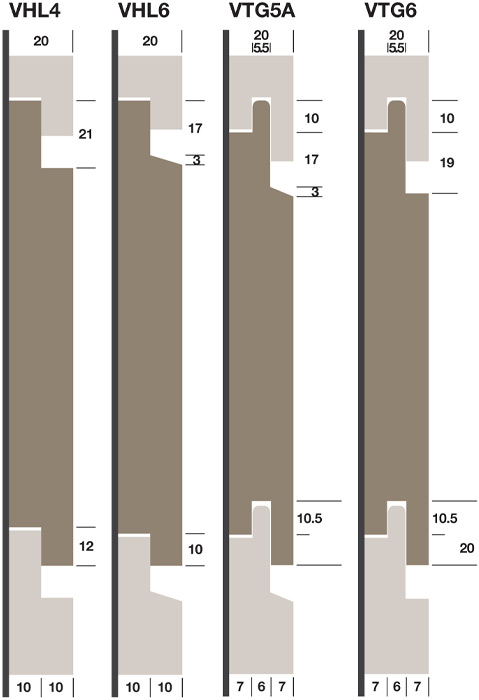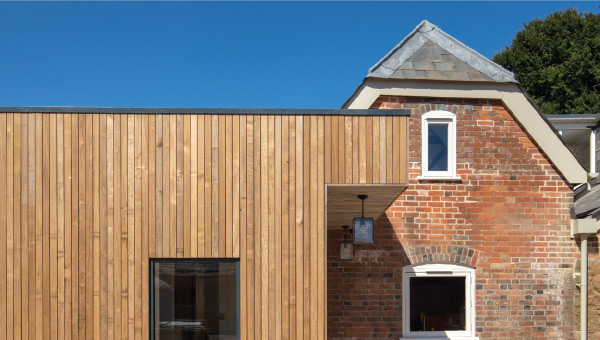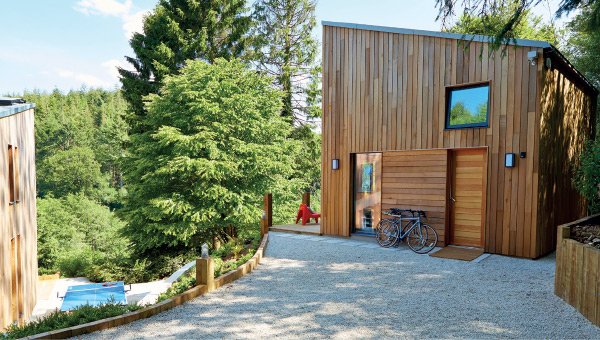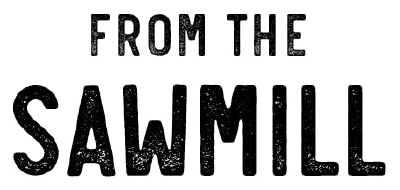Canadian Western Red Cedar Cladding
A popular cladding choice for modern buildings, Canadian cedar cladding is lightweight, stable and relatively free of knots.
Style
Contemporary / modern
Profiles
All machined profiles
Source
Canada
Beware
Colour variation
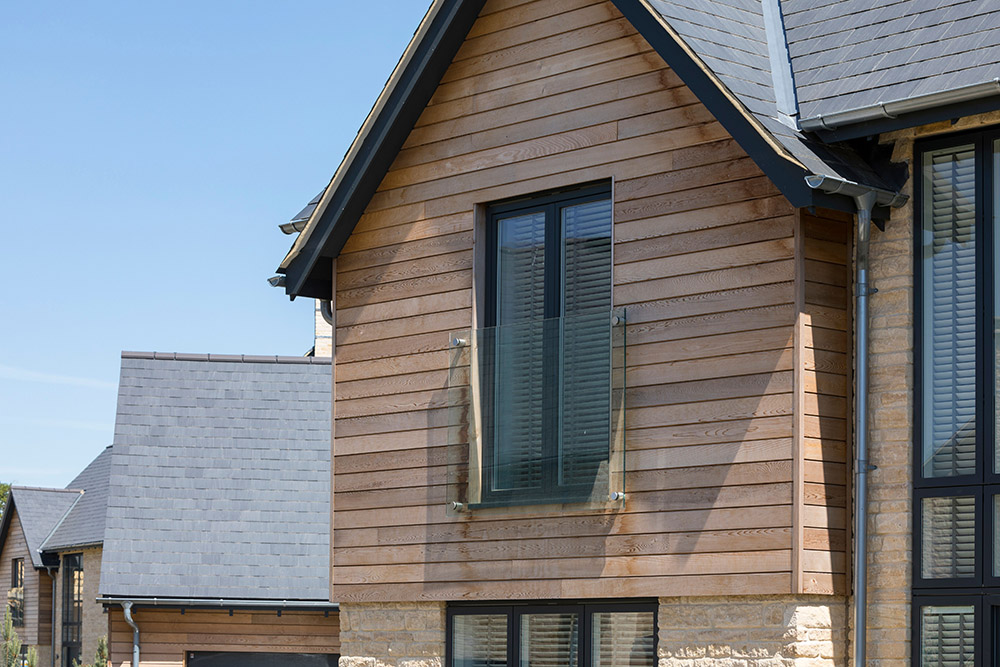
Canadian Western Red Cedar Cladding
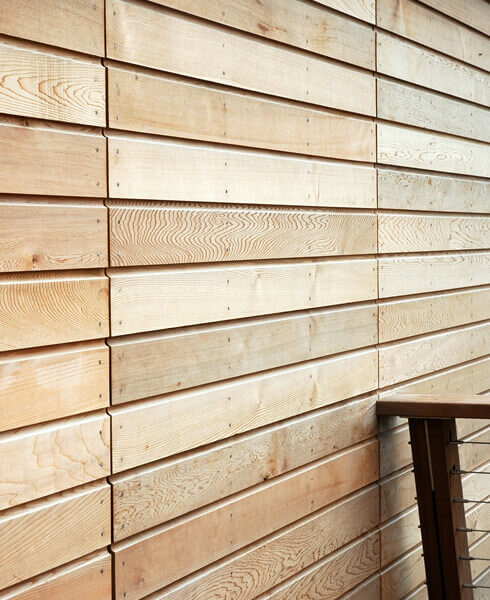
Canadian Western Red Cedar Cladding
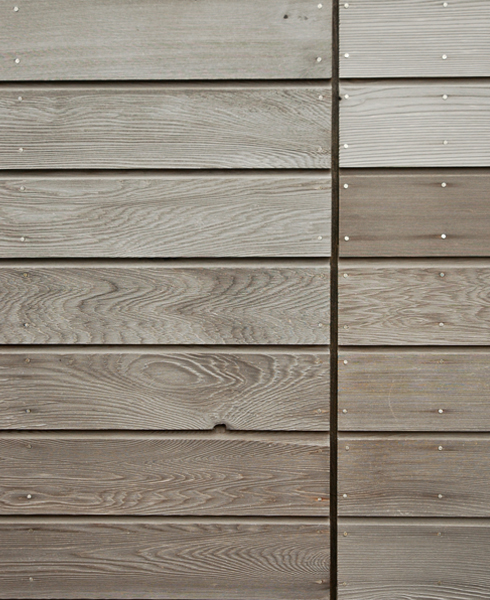
Canadian Western Red Cedar Cladding
Canadian Western Red Cedar Cladding Features
Canadian western red cedar is the most popular choice for timber cladding projects in this country because the wood is clean and beautiful as well as being more durable and stable than most other wood species commonly used for cladding.
Canadian cedar is an ideal choice for modern designs where a relatively knot free appearance is desired and for applications where stability is a concern, such as screening.
Canadian western red cedar cladding grows more slowly than our native cedar, resulting in a denser and darker wood; however, it is also considerably more expensive.
Call us to discuss your project
Specification
Canadian Cedar Cladding from Vastern Timber
- Canadian western red cedar
- Thuja plicata
- Sourced from legal and well-managed forests in Canada. PEFC certified.
- Supplied by Vastern Timber (sales@vastern.co.uk)
- Grade BS1186-3 Class 1 / EN942:2007 J20
- Finished thickness of 20mm
- Overall finished widths 70mm / 95mm / 145mm
- Random lengths 1.8mt – 4.0mt+, allowing small % down to 1.5mt
- Available in all machined profiles
- Moisture content of 16 – 20%
- Durability EN350-2 Durable. Class 2
- Supplied uncoated. No treatment required.
Characteristics
Appearance
Canadian western red cedar has a strong, distinctive grain. The colours vary widely from dark chocolate brown to light pink. The boards are relatively free of knots giving a clean and contemporary appearance
Weathering
When left untreated, cedar will bleach to a silver colour although the process can be inconsistent and patchy. Northerly elevations may weather to a darker grey than those facing South.
Desired service life
Occasionally wet 60 yrs. Frequently wet 30 yrs.
Movement class
Small
Resistance to impact
Low
Working properties
Good workability. Takes fixings satisfactorily. Cedar is soft and relatively brittle which can result in bruising and splintering. No pre-drilling necessary.
Density
330 – 390 Kg / Cm3
Extractives
Western red cedar contains reactive oils, which will corrode ferrous metals. All fixings used in conjunction with western red cedar must be stainless steel. The brown oil can leave unsightly brown stains on the surface of the cladding and will stain any porous materials below the cladding. The reactivity of the oil makes western red cedar cladding unsuitable for polluted areas and shaded areas
Installation
How to fix
Hand nail with stainless steel nails through the face or through the tongue on suitable profiles.
Alternatively use a second fix nail gun and insert two nail per batten at opposing angles. For more information, visit the resource centre
Batten type
Treated softwood. 35mm thick x 50mm wide
Batten spacing
400 – 600mm
Nail type
Stainless steel only. 50mm ring shank nails for hand nailing or 50mm second fix brad nails if using a gun. Trim head stainless steel screws are also suitable.
When to fix
Year round. Very stable in all conditions.
Resistance to fixing
Low.
Profiles
We machine timber cladding to the profile of your choice. View our full range of cladding profiles
We recommend the following profiles for Canadian cedar.
Disclaimer
While the utmost care has been taken to provide accurate information, Vastern Timber shall not be held responsible for any consequences arising from any errors or omissions on this website nor for any damages resulting from the use of the information.
